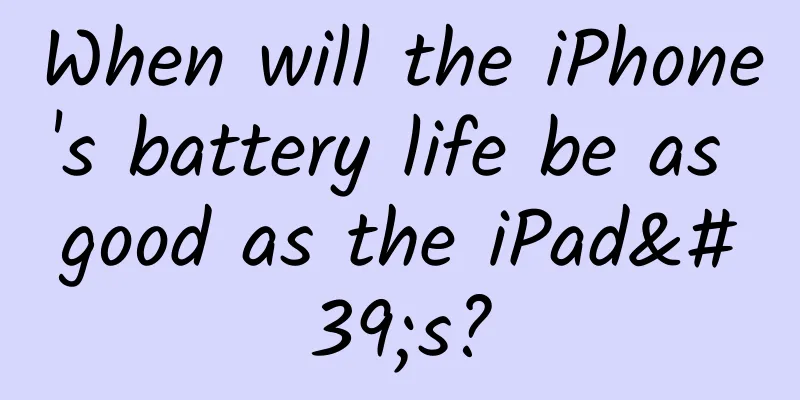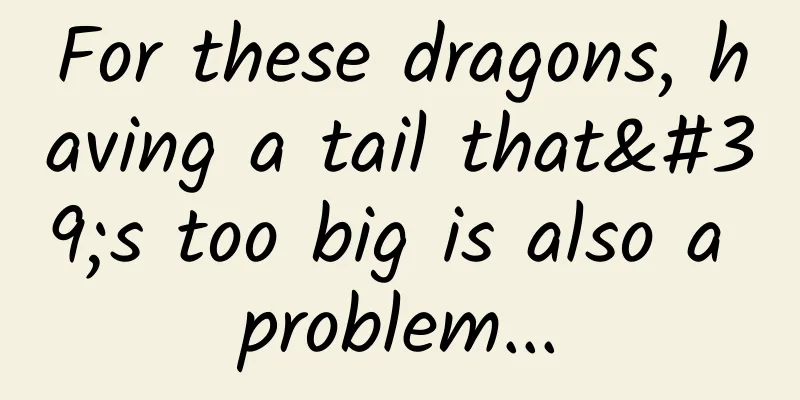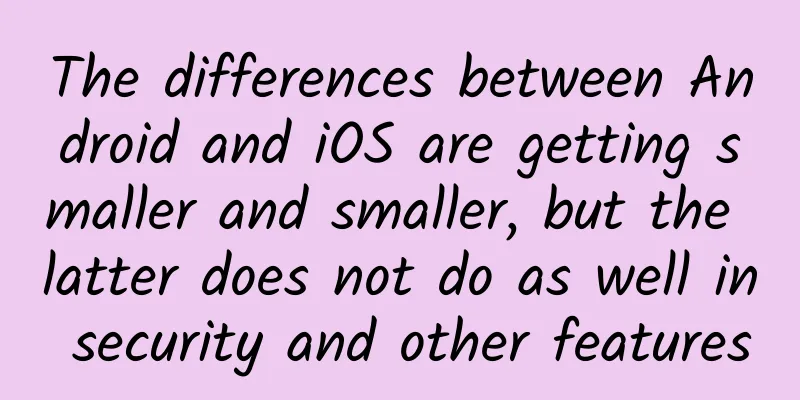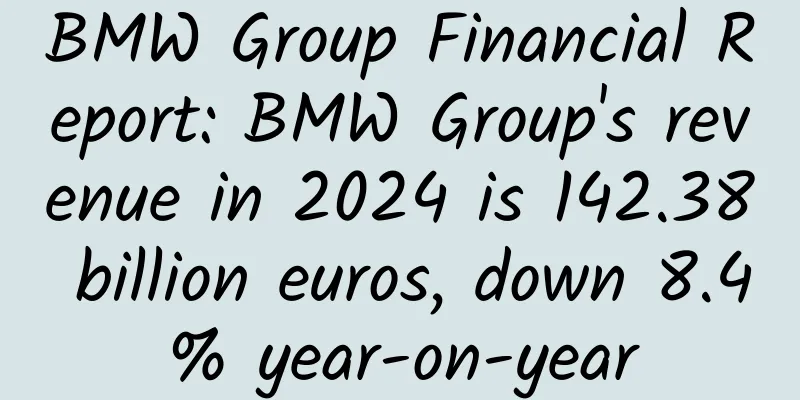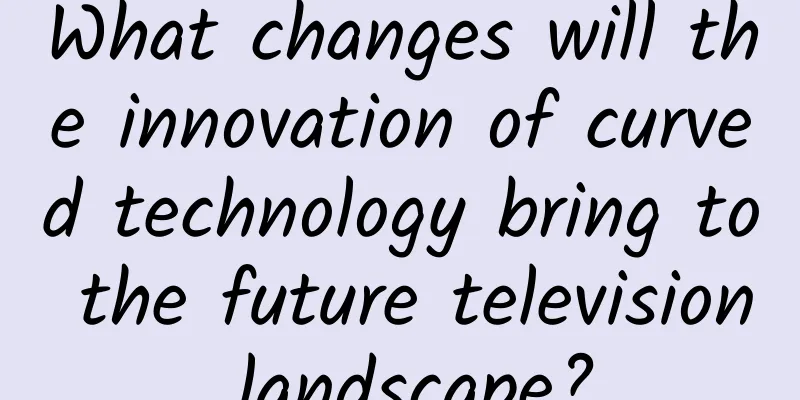5 predictions for IoT and mobile app integration

|
It makes sense to integrate IoT and mobile device applications. Mobile devices can provide IoT solutions for overall portability, while users can easily manage IoT devices through mobile applications, which makes everything easier.
On the other hand, IoT can take mobile device application development to a whole new level. Many organizations and users are watching and waiting closely to find out how they can be controlled through mobile devices. IoT application development has shown its real potential in various industries. But it is not just about profit, and the number of devices connected to the network is increasing every day. Wondering how mobile apps and IoT work together? Here are some excellent predictions for real-world applications of IoT: 1. The rise of automotive apps IoT car applications are already a feature offered by car manufacturers today. With Tesla setting the tone for connected, self-driving cars, adopting these applications will become the norm. IoT automotive applications also make sense. The promise of IoT is to help people with everyday tasks, and in reality, people use their cars almost every day. IoT furthers this goal by automating maintenance, infotainment, safety procedures, and diagnostics. An example of a great IoT car app for Android and iOS users is Volkswagen’s We Connect. Here are some of the features We Connect offers to drivers and passengers:
2. Applications in industrial production management The upcoming Industry 4.0 will change the way manufacturers operate their production facilities. IoT sensors are now used to track mobile and non-mobile assets as well as personnel on the production floor to improve their management and use. Smartphone apps can show the activity of connected equipment and people inside a production facility. This is a great thing for plant managers. Using apps to collect mobile data from assets helps:
3. Improve the retail shopping experience Retail is another industry that is combining IoT with mobile applications. Although there are only a few examples so far, it is clear that this technology will become popular among retailers. Amazon Go stores are a good example. Amazon, the global retail giant, uses IoT sensors, cameras, and other devices in its physical stores to eliminate checkout lines. After entering the store, customers can scan the barcode of the Amazon Go app to check out and pick up the goods. After the customer leaves the store, the Amazon Go app will send them a receipt. This practice supported by IoT and AI technology takes the traditional convenience store shopping experience to a higher level. “While we’ve yet to see other retailers open similar stores, one thing is for sure: people love the convenience,” said Sam Singer, digital marketing expert at TrustMyPaper. “Amazon Go stores have received thousands of positive reviews from shoppers.” Other vendors certainly don’t want to miss out on the opportunity to improve the IoT shopping experience. Combining the strengths of mobile device self-service applications with IoT devices is an opportunity that cannot be missed. 4. More use cases in home automation Home automation technologies such as smart kitchen appliances, video doorbells, smart refrigerators, robot vacuum cleaners, etc. are gradually entering homes around the world. The overall awareness of tools such as AI-driven voice assistants is increasing rapidly. As the technology matures, the future development of smart home systems has a bright future. Current home automation systems are a combination of IoT components, applications, and physical devices. Although these applications perform very complex operations, they are very user-friendly and easy to use. For example, like many other home automation solutions, Google Home requires a simple setup of smart home devices. Users are guided through the process of adding and configuring IoT devices, so it’s easy for each family member to control them using the mobile app. Mobile apps with home automation solutions will play an important role. Writing services such as Studicus, Grammarly, and WowGrade are increasingly used for UX and app content writing to make them as clear and usable as possible. There are also some emerging trends that may drive home automation in the future. These include:
5. Daily applications of IoT wearable devices There is an increasing demand for mobile app development today, not just for simple apps like fitness trackers, but also for smart homes, sleep quality assessment tools, etc. IoT plays a big role in all this, providing new opportunities to make wearable devices better and more powerful. According to a recent survey, about 35% of people now own a wearable device. Smartwatches and fitness trackers are the most popular wearable devices people use in their daily lives. 90% of respondents said their wearable device is connected to their smartphone via an app. Another survey conducted by Ericsson pointed out that the integration of IoT wearable devices and mobile applications will flourish in the future. Here are some predictions for wearable devices:
As more smartphone users take to wearables and more manufacturers work to make the technology smarter and more useful, the adoption of wearable technology will grow significantly as more use cases and features emerge. IoT application development is no longer just hype The integration of IoT with mobile device applications is a powerful combination with some great use cases across many industries. These again show that mobile app development is evolving with the advancement of IoT and we will soon see more applications across industries. |
<<: Trump bans WeChat? Many American companies express opposition
>>: Turn into a tablet? Turn into a phone? The dilemma of foldable phones
Recommend
What are the things to pay attention to when recruiting app developers?
Recruitment is a difficult task for many companie...
Didi Autonomous Driving Receives Investment from GAC Group
On October 12, Didi Autonomous Driving announced ...
Practical tips: How to increase followers on Douyin?
Recently, some people have been asking, “Why is T...
How to improve the conversion rate of live streaming sales?
Now everyone is talking about live streaming sell...
Inventory | 30 essential refined operation tools for marketing, operations, and products
Through refined operations , tapping into the con...
How are video ads delivered? Operation process!
As netizens' reading habits become increasing...
Here, let me teach you how to crack an iOS APP
Today I will give you some hard knowledge. There ...
From a Boxer Indemnity student to the president of the Chinese Academy of Sciences, why did he first propose to develop the country through science and technology?
August 17, 1937 was the fifth day of the Battle o...
China Association of Automobile Manufacturers: 2021 China Automobile Industry Economic Operation Report
In 2021, automobile production and sales reached ...
The Tonga volcano erupted, and satellites from various countries released shocking pictures. Why are we so low-key?
The Tonga volcano eruption caused a huge disaster...
How to get a higher ranking in Google keyword advertising promotion?
Google Search has more than 80% market share in t...
Fishing skills, professional fishing video tutorials, fishing experts teach you how to master fishing skills, fishing video skills tutorials, practical fishing skills
Fishing skills, professional fishing video tutori...
Big-eared Tutu's "ear-moving magic" is actually a kind of atavism!
Audit expert: Wu Xinsheng Deputy Chief Physician,...
Can Android imitate Zhihu's creative advertising be played like this?
1. Overview It seems that I saw a very unique way...
Do you know? Behind the glamorous appearance, astronauts have experienced these embarrassing things
When talking about astronauts, people will think ...


